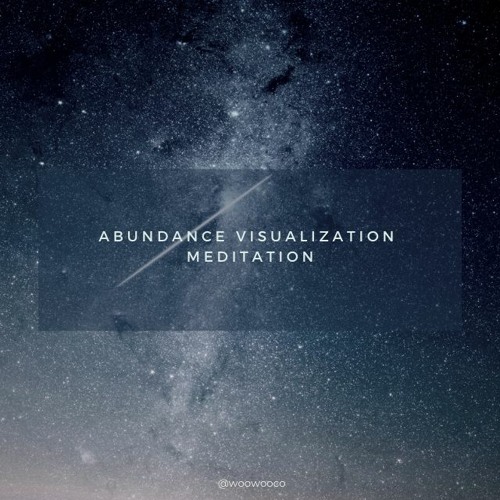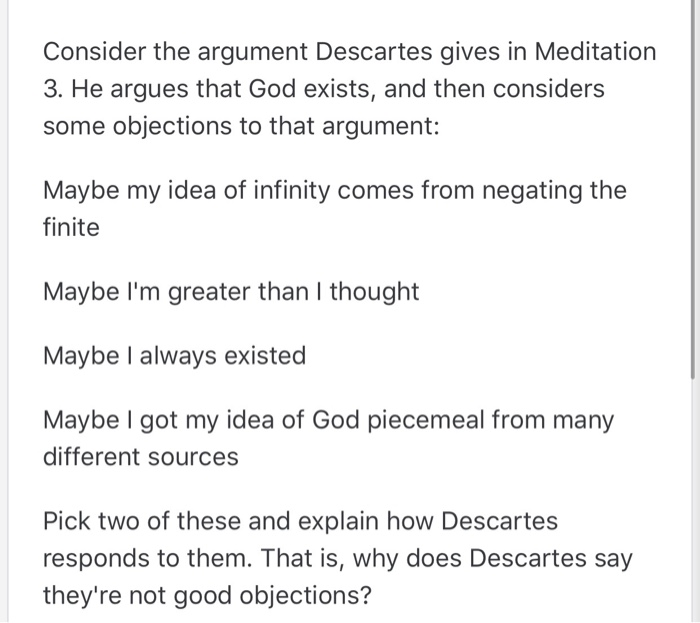
Teachers have access to the Calm app for free. The app contains 30 days of mindfulness exercises and a selfcare guide. This app teaches the basics about mindfulness. The program is free for teachers to use, and the trial period can last as little as a week. The app also features tips and suggestions to incorporate mindfulness into the classroom. It is a great tool for integrating mindfulness into the classroom. Visit their website to learn more about Calm.
Calm app is available free of charge for teachers. Simply visit the website to sign up and complete the brief application. Once you are approved, you'll have unlimited access for guided meditations. You will also be given best practices and tips on how to integrate mindfulness into your classroom. Calm Kids App can also be downloaded for students. The app is compatible on many devices and browsers. It's available in Google Play and Apple's App Store for free.

Calm also provides great content that is suitable for families, such as bedtime meditations or mini-courses designed for children and teens. It offers family stories and classic stories. Calm is also available for personal use. Calm can also be used by people with sight impairments. However the interface is not picture-based. Installing a screen reader is an option for visually impaired users. This will allow you to read the text and not see any pictures.
Calm's free subscription is available to teachers who wish to use the app. As long as you're over the age of 13, you can sign up for the free trial, which provides access to Calm's premium versions. Next, go to Calm's "Discover Hub" and search the meditation that interests your heart. You will be able to choose the one best suited for you. Teachers from Australia, Canada, or the US can download this app free of charge.
Calm is free for teachers, but the premium version has additional features. There are courses and breathing techniques as well as an area for meditation. Meditation sessions as well as courses for advanced and intermediate meditators can be found here. For beginners, you may want to subscribe to a paid membership. Although this may be a great deal, it isn't for everyone. You'll need to decide if Calm is right for you before signing up.

Teachers can use the Calm app for free, but there are some restrictions. The app doesn't allow teachers to make changes to their curriculum. You cannot change your curriculum as a teacher if you are not teaching. To keep children calm and focused, it's important that you remain positive. It's free for teachers so it's a great choice for educators.
FAQ
How do I count calories?
You might be asking "What is the best diet?" or "is counting calories necessary?" It depends on many factors such as your current health, personal goals, preferences, and overall lifestyle.
The Best Diet for Me - Which One is Right For You?
My current health, my personal goals and lifestyle will determine the best diet for me. There are many options, both good and bad. Some work well for certain people while others don't. What should I do? How do I make a good decision?
This article aims at answering these questions. It begins with an overview of the different diets today. After that, you will learn about the pros and disadvantages of each type. Then, we will discuss which diet is the best.
To begin, let's take a quick look at the different types of diets.
Diet Types
There are three main types. Low fat, high proteins, and ketogenic. Let's discuss them briefly below.
Low Fat Diets
A low-fat diet restricts fat intake. This is accomplished by decreasing the intake of saturated fats such as butter and cream cheese. They are replaced by unsaturated fats such as avocados, olive oil, and cream cheese. If you want to lose weight fast and easily, then a low fat diet is often recommended. However, this kind of diet may cause problems such as constipation, heartburn, and indigestion. Vitamin deficiencies can also occur if the person doesn't get enough vitamins through their diet.
High Protein Diets
High protein diets reduce carbohydrates to favor of proteins. These diets typically have more protein than other diets. They are meant to help build muscle mass and burn more calories. The downside is that they may not provide adequate nutrition for someone who needs to eat regularly. They may also be too restrictive and not suitable for everyone.
Ketogenic Diets
Ketogenic diets are also known as keto diets. They are high in fat, moderately high in protein and low in carbohydrates. Athletes and bodybuilders use them because they allow them more time and harder training without feeling fatigued. But, they require strict adherence to avoid negative side effects like nausea, headaches, and fatigue.
How often should you exercise?
For a healthy lifestyle, exercise is vital. There is no set time limit for exercising. Finding something that you love and sticking with it is the key.
If you are working out three times a weeks, aim to do 20-30 minute of moderate intensity. Moderate intensity is when you still have to breathe hard after the workout. This type of workout burns around 300 calories.
For those who prefer to walk, you can go for 10-minute walks four times a week. Walking is low impact and easy on your joints.
Jogging is an alternative to running. You can do it for as little as 15 minutes each day. Running is a great way of burning calories and building muscle tone.
Start slowly if you aren't used to doing exercise. Begin by only doing 5 minutes of cardio five times per week. Gradually increase the amount of cardio you do until you reach your goal.
What is the best way to eat?
There are many factors that influence the best diet, including your gender, age, weight, health condition, lifestyle, and personal preferences. Also, consider your energy expenditure, whether you prefer low-calorie food, and whether you enjoy eating fruits or vegetables.
Intermittent fasting is a good option if you're trying to lose weight. Intermittent fasting is a way to eat only certain meals during the day instead of three large meals. This may be a better option than traditional diets with daily calorie counts.
Some studies suggest that intermittent fasting may improve insulin sensitivity and reduce inflammation, which can lead to improved blood sugar levels and reduced risk of diabetes. Research suggests that intermittent fasting can promote fat loss and improve overall body composition.
How can I determine what is best for my health?
Your body is your best friend. Your body knows best when it comes to how much exercise, food, and rest you need. Your body will tell you what to do so that you don't go overboard. Listen to your body and make sure you're doing everything you can to stay healthy.
What are 5 ways to live a healthy lifestyle?
Healthy living means eating right, exercising regularly and getting enough sleep. It also involves managing stress and having fun. You should avoid processed foods, sugar, or unhealthy fats. Exercise helps burn calories and strengthens muscles. Sleeping enough is good for memory and concentration. Stress management can reduce anxiety and depression. And finally, having fun keeps us young and vibrant.
What should my weight be for my age and height? BMI chart & calculator
The best way to determine how much weight you need to lose is to use a body mass index (BMI) calculator. A healthy BMI range should be between 18.5 and 24,000. If you want to lose weight, then you should aim to drop about 10 pounds per month. Enter your weight and height into the BMI calculator.
This BMI chart will help you determine if your body is overweight or obese.
What are 7 tips for a healthy and happy life?
-
Be healthy
-
Exercise regularly
-
Rest well
-
Drink lots of water
-
Get enough sleep
-
Happy!
-
Smile often
Statistics
- nutrients.[17]X Research sourceWhole grains to try include: 100% whole wheat pasta and bread, brown rice, whole grain oats, farro, millet, quinoa, and barley. (wikihow.com)
- According to the 2020 Dietary Guidelines for Americans, a balanced diet high in fruits and vegetables, lean protein, low-fat dairy and whole grains is needed for optimal energy. (mayoclinichealthsystem.org)
- The Dietary Guidelines for Americans recommend keeping added sugar intake below 10% of your daily calorie intake, while the World Health Organization recommends slashing added sugars to 5% or less of your daily calories for optimal health (59Trusted (healthline.com)
- WHO recommends reducing saturated fats to less than 10% of total energy intake; reducing trans-fats to less than 1% of total energy intake; and replacing both saturated fats and trans-fats to unsaturated fats. (who.int)
External Links
How To
27 Steps for a healthy lifestyle even if your family buys junk food
Cooking at home is the best way to eat well. But, it can be hard to make healthy meals because many people don't know how. This article will show you how to make healthier eating choices at restaurants.
-
Choose restaurants that offer healthy options.
-
Order salads and vegetables before ordering any meat dishes.
-
Ask for sauces without added sugar.
-
Avoid fried foods.
-
Instead of ordering fried meats, request grilled meats.
-
If you don't really need dessert, do not order it.
-
You should always have something to eat after your dinner.
-
Slowly chew and eat.
-
Eat water.
-
Do not skip breakfast, lunch or dinner.
-
Fruits and vegetables are a great addition to every meal.
-
Consider drinking milk instead of soda.
-
Sugary drinks should be avoided.
-
Reduce the salt content of your diet.
-
Limit the amount of time you eat at fast food restaurants.
-
If temptation is too strong for you, invite someone to be your friend.
-
Do not let your kids watch too much TV.
-
Turn off the television during meals.
-
Do not consume energy drinks.
-
Take frequent breaks from your job.
-
Get up earlier in the morning to exercise.
-
Get active every day.
-
Start small and progress slowly.
-
Set realistic goals.
-
Be patient.
-
Even if you don’t feel like it, find the time to exercise.
-
Positive thinking is important.